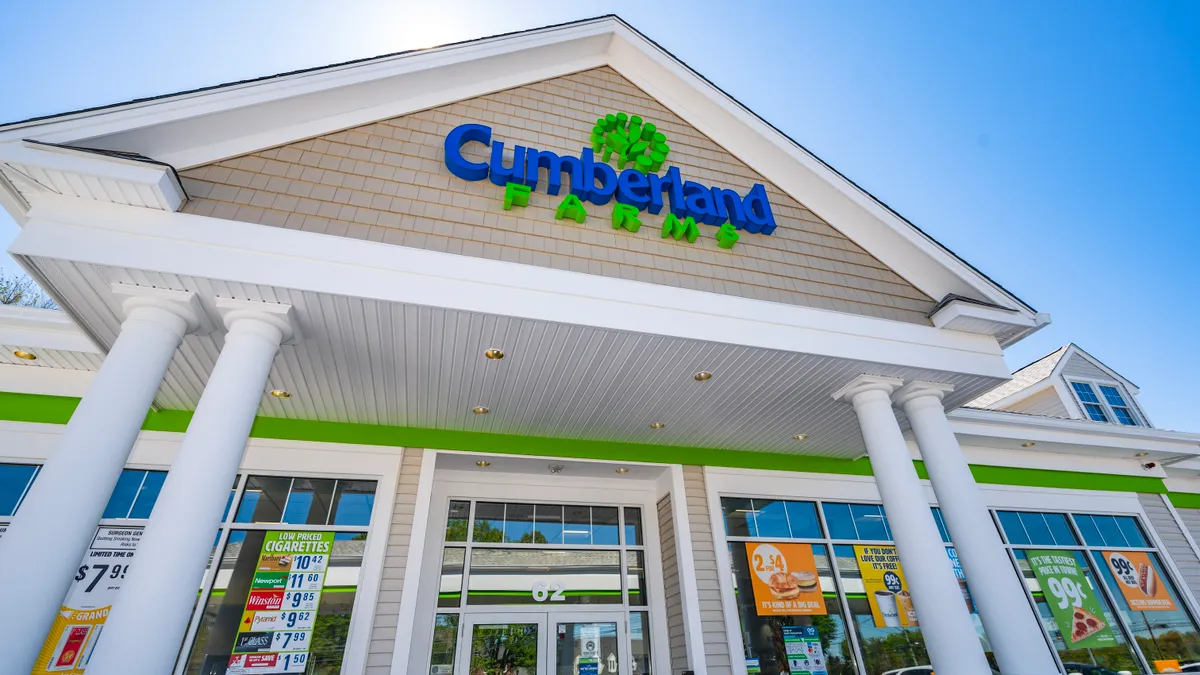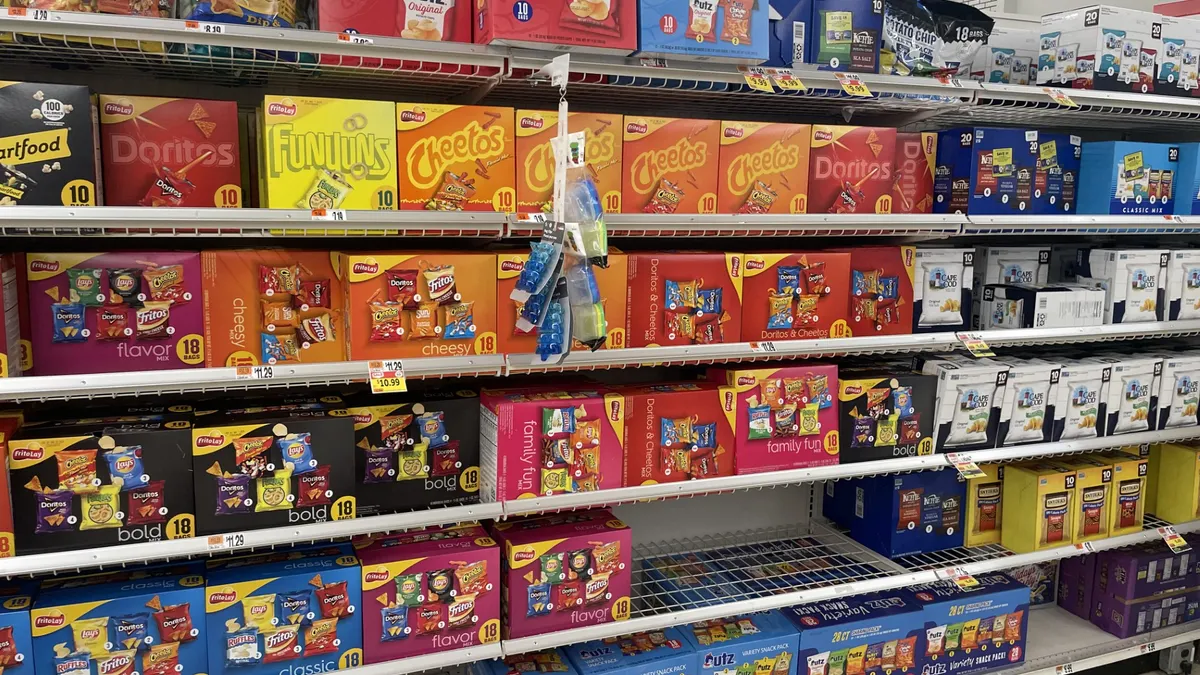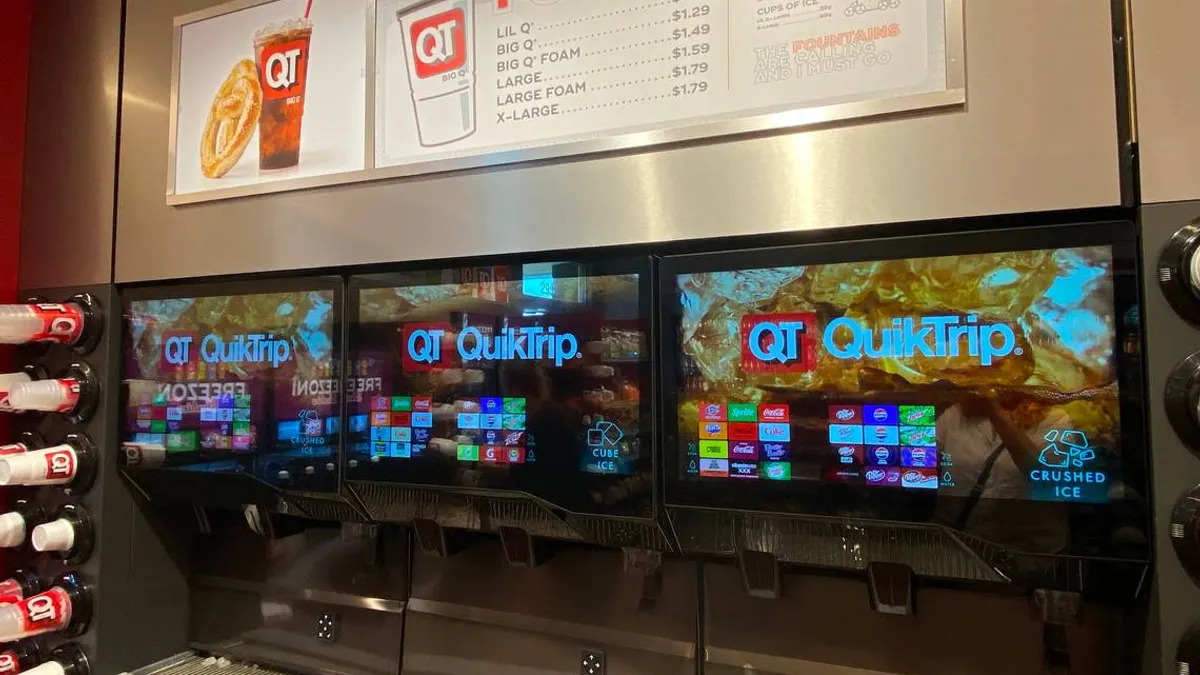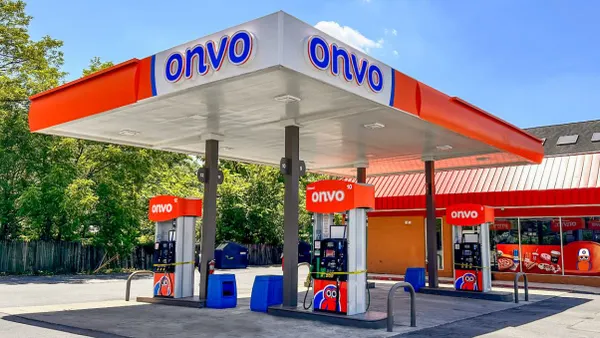Although John Carey is barely six months into his role as president and CEO of EG America, he's no stranger leading a multinational company.
Earlier in his career, Carey — who shifted to president and CEO last October after being on parent company EG Group’s board since 2000 — held leadership roles at oil and gas giants like Castrol and BP. He has also held other CEO roles at other firms through the years.
During each stop along the way, he always stuck by a four-word personal motto: Rigor, accountability, urgency and execution. Carey has brought that message to EG America as he looks to help the convenience retailer reach new heights.
“It’s what I share with everyone in the organization every time I speak to them — it’s the culture and the behaviors I want to see,” Carey said in an interview.
EG America, the fourth-largest convenience retailer in the U.S. by store count, has had a busy past year. In addition to Carey’s appointment, the company has shuffled many members of its executive team, and is also in the midst of a major divestment strategy in the U.S. as EG Group looks to clear some of its debts.
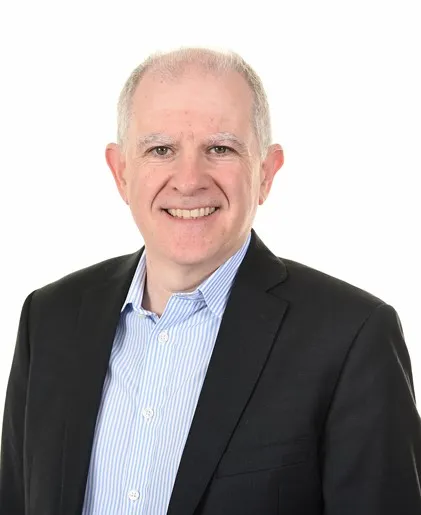
Through both successes and challenges, Carey is intent on using those four words to guide the company.
“I'm not going to change messages six months down the line,” he said. “I want people to know that if we have a good month, we're not going to change our behaviors, or if we have a bad month, we're not going to panic.”
Carey sat down with C-Store Dive to talk about how his first half-year leading EG America has gone and what the company is prioritizing moving forward.
This interview has been edited for length and clarity.
How have your first several months leading EG America gone?
CAREY: Coming in, the first thing for me was to understand the business. I got out and spent time with every banner out in the field.
For me, [with] any customer-facing business, the one thing you need to get your head around very quickly is it's about the customer. It's not about you and it's not about your team. It was about going out and understanding… how we're perceived by our customers, and what the frustrations of our frontline staff were.
One of the things that shocked me coming back into the U.S. was the workplace violence — that's something that didn't exist 10-15 years ago, and that's a significant challenge. Making sure safety was much higher up the agenda than, frankly, it was in the industry, for me was really important.
Talk to me a bit more about this focus on safety.
CAREY: I have a daily meeting, [and] the first topic every morning is safety and any instances at our sites. As a result of that, we've actually seen a 30% reduction in our incidents in the last six months. That’s not because we just talked about it, it is because we actually act on it.
The first question I ask [every morning] is ‘have we had any incidents in the last 24 hours?’ And if we have, I want to understand why. And when we have an incident in a store, I expect my executives and leadership to visit that store to investigate it, to understand it and to make sure it doesn't happen again.
I expect my regional managers, my district manager [and] my store managers to talk about safety… just this week, we did a day of training and videoing around helping our site managers on de-escalation and how to handle that.
In the 30 years I've been head of businesses, the only thing that has ever kept me awake at night has been safety and accidents. When you're running [teams] and you have a fatality, you try breaking that news to the family and say it doesn't impact you. It absolutely does. And so everything we do has to be about that.
You’ve noted that one of EG America’s challenges has been finding consistency across banners and building relationships with vendors. Can you expand on that?
CAREY: The status quo is never an option. Unless you are moving quickly and ahead, you're losing ground. If I look at our business, I think we've done some really good stuff in the last 12 months, but I think we have left some things on the shelf as well.
With the focus with vendors, [it’s] making sure we have the right offers in the right place at the right time And making sure marketing and operations work better and closer together, and looking at our business and saying, ‘Do we have the right products in the right stores?’
Localization is something that we were talking a lot about. We’re in over 30 states, but what sells [in] one neighborhood doesn't necessarily sell in another neighborhood. And so how do we service that? We hadn't done enough work on that, frankly, [and] we hadn't done enough work with our vendors on the promotions for our customers.
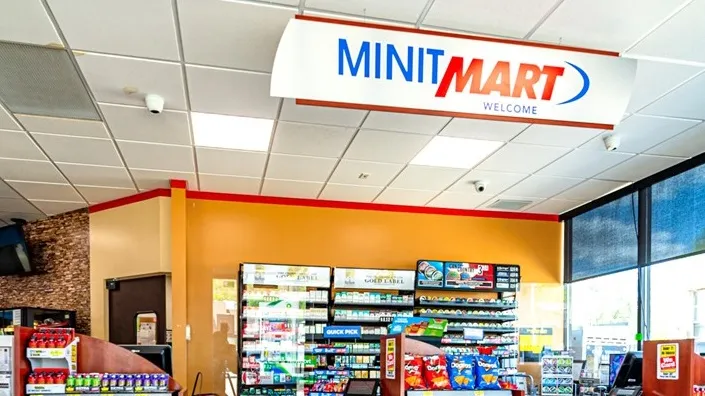
What are EG America's biggest growth opportunities? Is it more stores, getting a different banner in your network? What does that look like?
CAREY: I think first and foremost, it means maximizing what we have. I think too many people feel growth is all about inorganic [growth]. I think organic growth is the most important growth, because it's looking at what you've got, maximizing that, and then moving from a much stronger base.
We have put a lot of banners together. We have put a lot of acquisitions together. But what we need to do is make sure that we don't lose track of delivering to the customers we have in service of [generating] new customers. The most important customers we have are the ones that turn up every day to our business. And so I want to make sure, before I go any further, that they are getting what we want, because I don't want to be losing 10% of the bottom end and putting 10% on the top end. I would much rather grow what I've got and add 5% of new customers.
Are you tapping into any new technologies to help make that process of understanding customers and their habits easier?
CAREY: Everybody would throw AI out there. Are we looking at it? Yes, Do we understand it yet? No, frankly.
There's a difference between data and useful data. And I'm trying to work through the useful data. The last thing our store managers need is another 10 pages of data every day. So it’s about what is the useful data that we can use to run our business? What's the minimum amount of data rather than the maximum amount of data we could use to run our business?
What would you say are EG America’s biggest challenges either through the rest of this year or even over the next five years?
CAREY: The consumer behavior changes. And consumers don't have to be logical — they can make choices every day. It is making sure the voice of the customer is in our business.
Through the rest of this year, what are you watching in the industry from a broader level? Is there something that either excites you or maybe makes you scratch your head in confusion a little bit?
CAREY: I think it's about how as an industry do we try to become that disruptor rather than disrupted? How do we work together? Because as much as we all analyze each other, the consumer looks [at c-stores] as if there's one industry offer.
I really want us as a business and as an industry to be thought leaders — I don’t think we are thought leaders enough. We should talk about mobility, we should talk about the good we do for the communities. In many parts of the country, people rely on us not just for fuel, but for connections for products, [and] also for connectivity and support. And I think that's something we need to talk and think more about.



